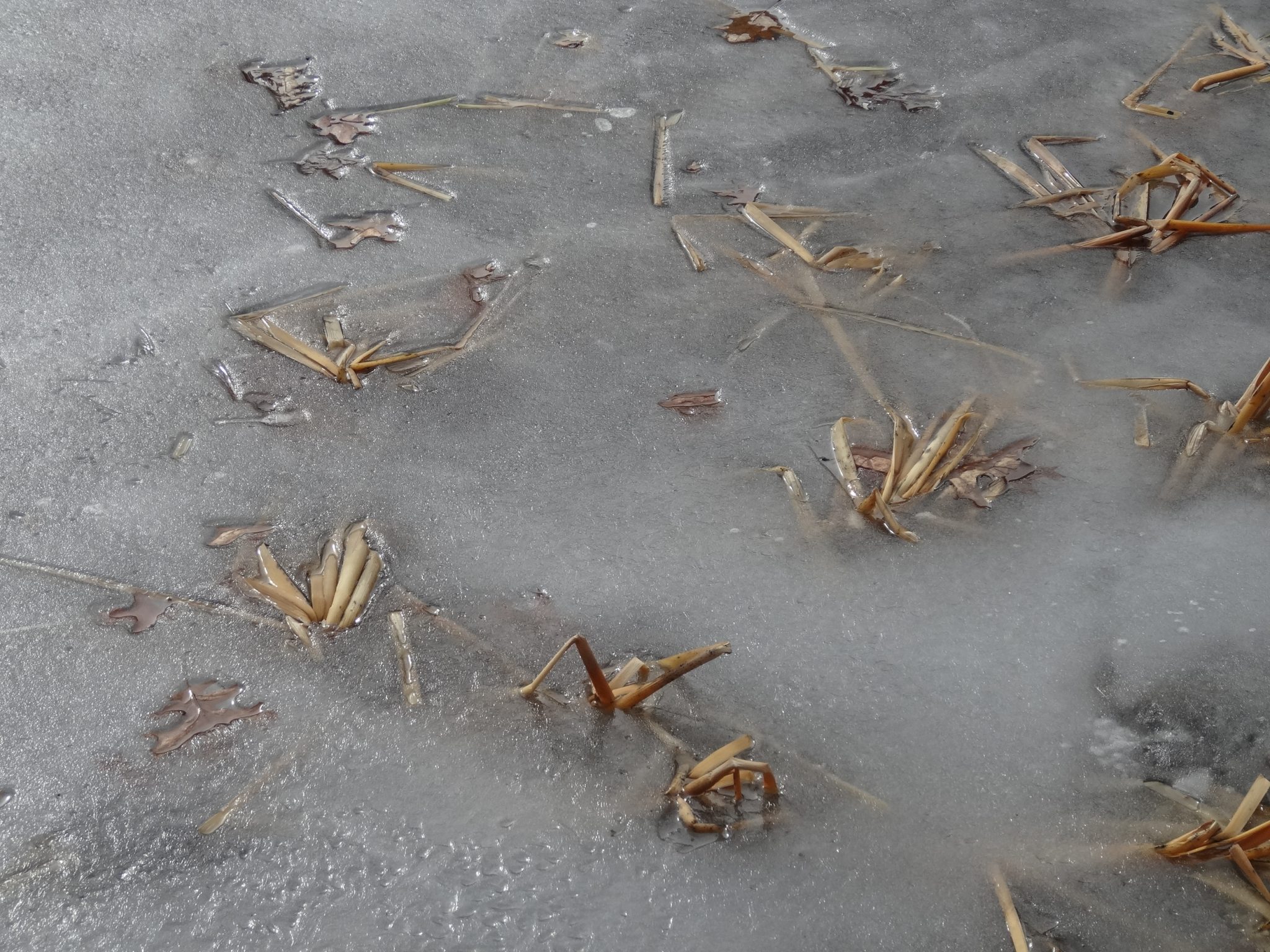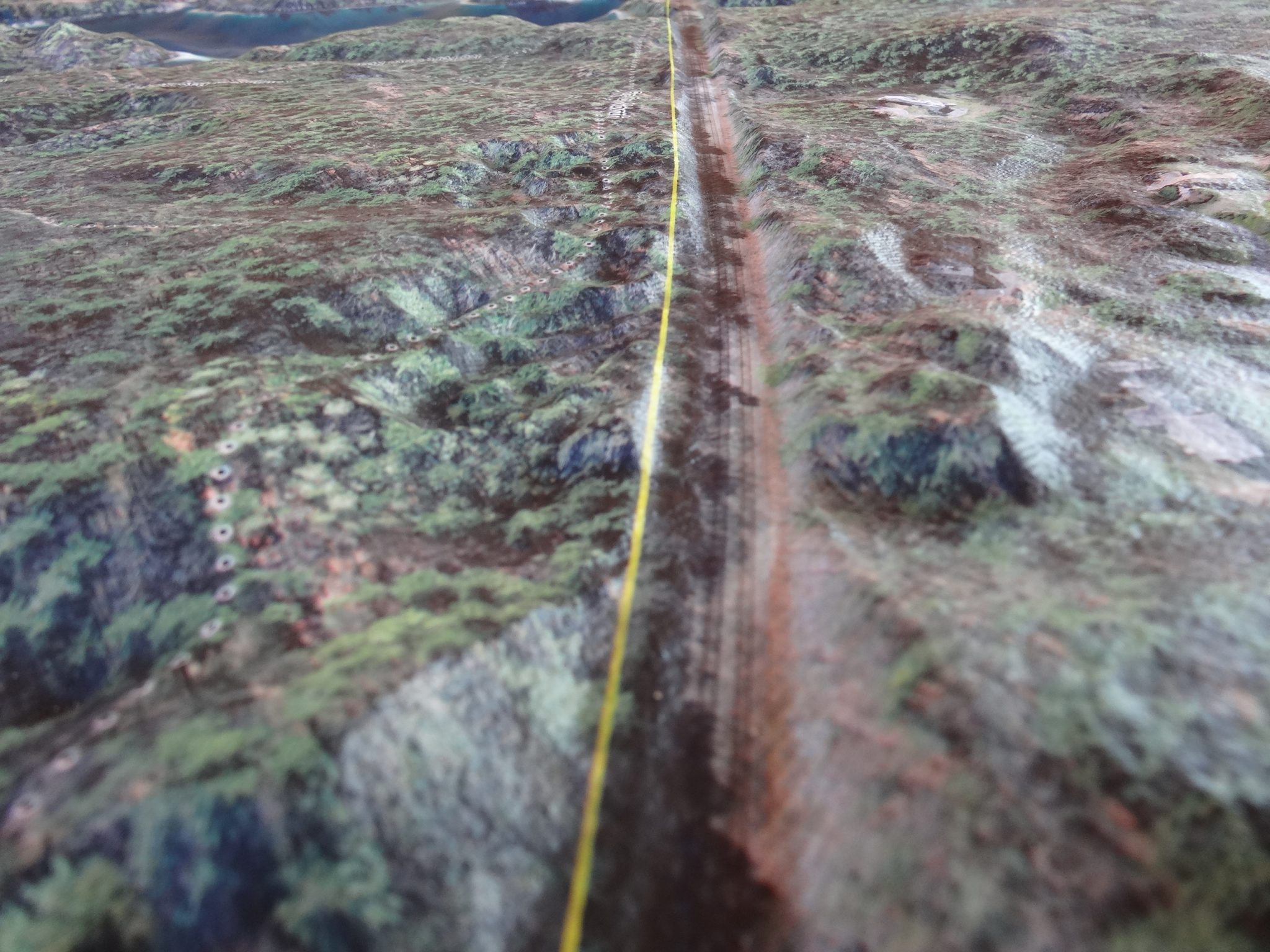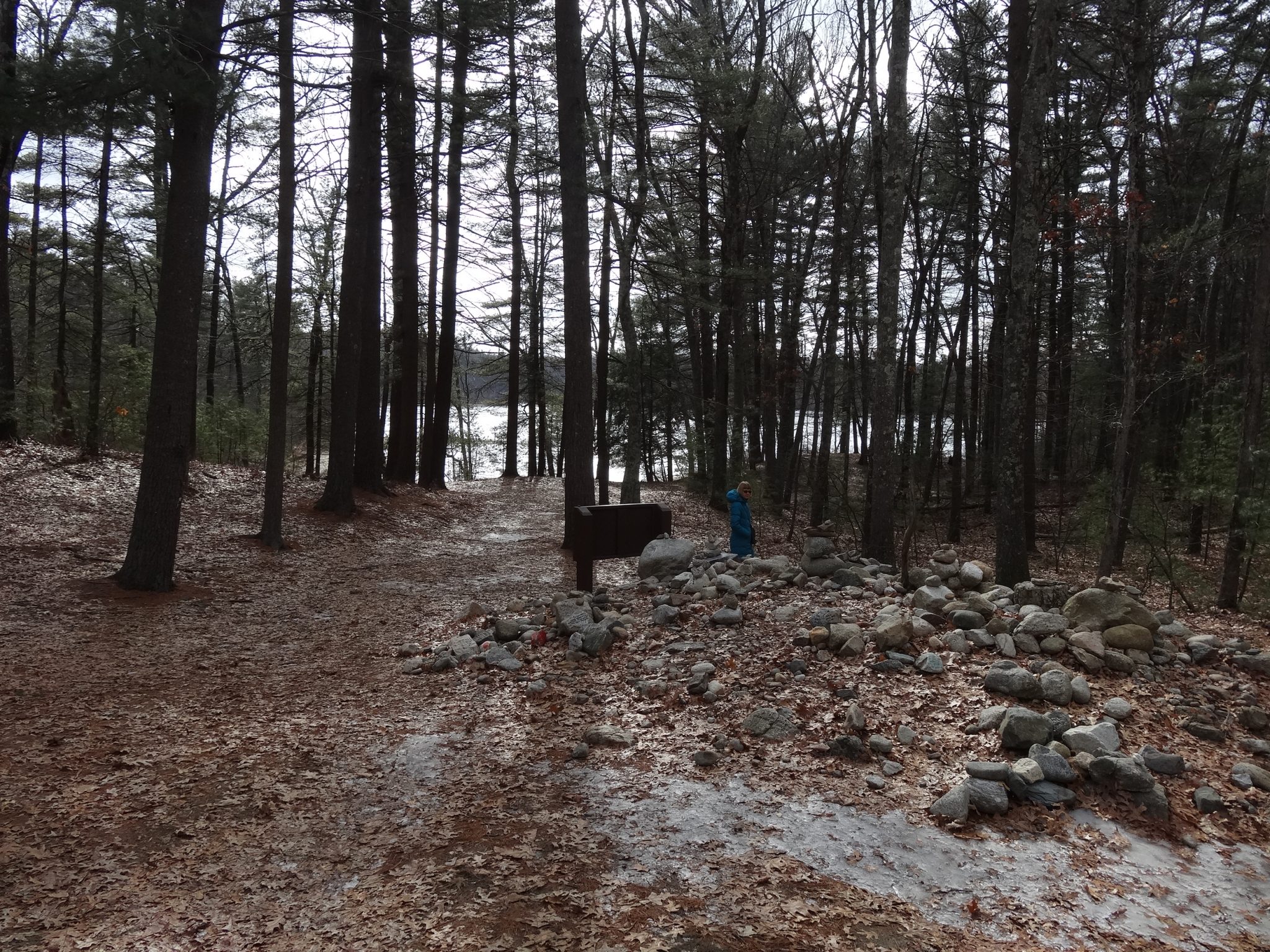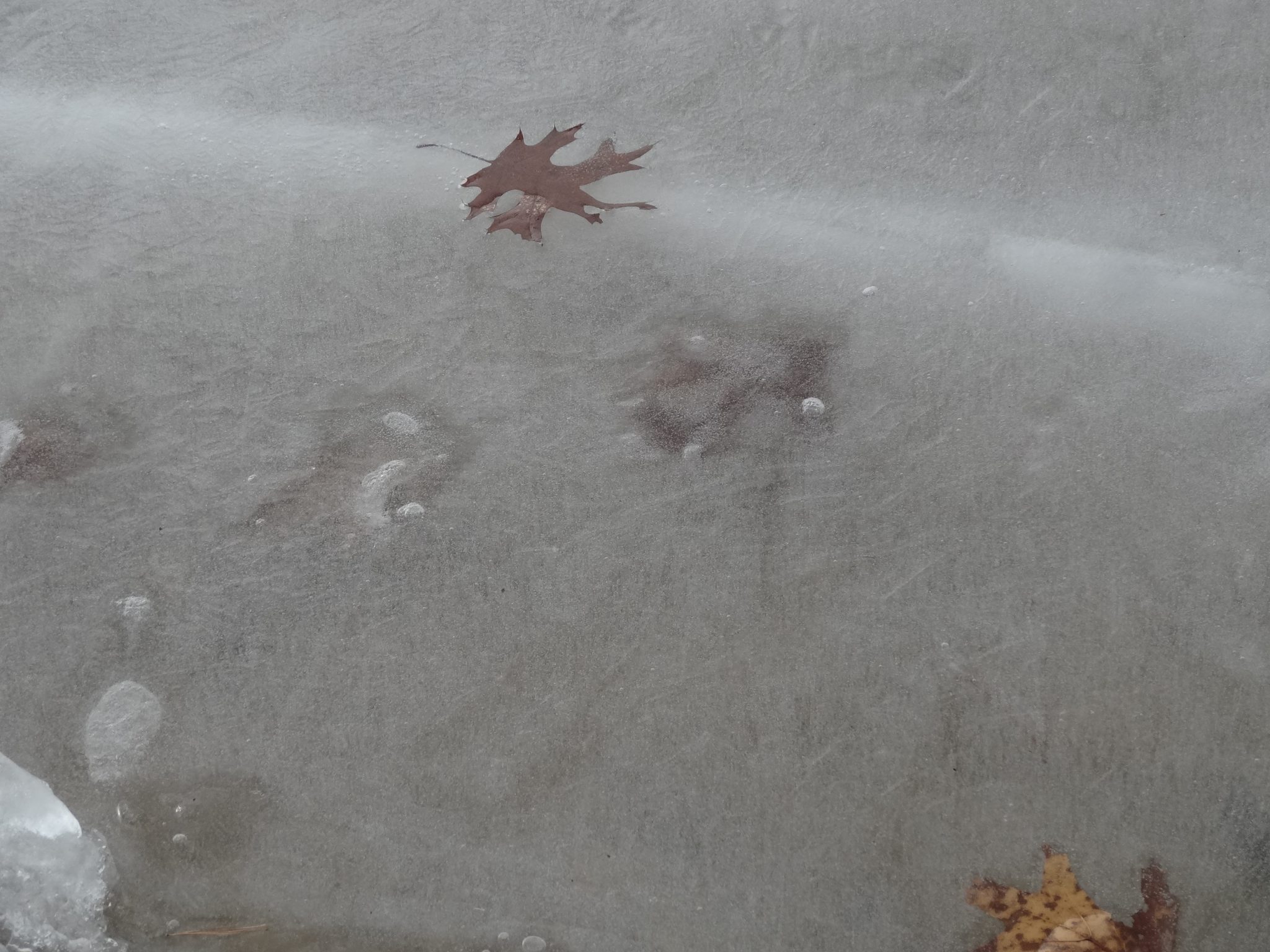http://www.alansondheim.org/walden40.jpg
http://www.alansondheim.org/walden51.jpg
http://www.alansondheim.org/walden37.jpg
http://www.alansondheim.org/walden22.jpg
In 1975, I participated in a group show, “Projects in Nature”
(with the likes of Alice Aycock and Carl Andre) in Far Hills,
New Jersey. The works were all site-specific; my contribution
was a group of texts, images, and videos dealing with the
apperception of the farmland and associated ecosystems. What I
created was a skein of interrelated approaches, which I
generalized into a catalog essay on the “Phenomenology of
Approach.” This originated in my readings of phenomenology in
general, especially Alfred Schutz’s Reflections on the Problem
of Relevance (Yale, 1970). The book examined in great deal how
the buzzing confusion of information of the world was psycho-
logically organized into what might be relevant to the observer,
and how it might be relevant. I related it to Merleau Ponty’s
work, but my own approach was both more poetic and more
mathematical, a form of what later has been called deep ecology.
More recently, I’ve been reading Arne Naess (Ecology of Wisdom,
2008) and thinking about everything from Buddhism to dynamics
and category theory, to blankspace and splatter semiotics, and
to scatter semiotics, culture, and trajectories of histories. In
the meantime, I’ve gone back to examine a text I wrote in 2007
on the phenomenology of approach, rethinking the earlier essay.
This is found at http://www.alansondheim.org/phenapproach.rtf
or http://www.alansondheim.org/phen.txt
What has brought me to rethink these issues is the digital
revolution, which has created unprecedented changes in every
aspect of life, death, culture, communications, commerce, war,
and society on the planet. Its utopian moment, like all utopian
moments, has come and gone; all of this has happened since the
mid-twentieth century, and for all intents and purposes, since
the mid-1990s. Articles hold forth with unbelievable optimism,
cynicism, pessimism; violence increases around the world as
Pinker tells us it’s on the wane; Trump; robotics and AI promise
freedom from work while the rate of poverty continues to grow
almost exponentially; we talk about colonizing Mars when we have
already ruined, through our stewardship and tending, our home
planet earth.
All of us know all of this of course.
What I’ve been doing, to clear my own mind, is walking with
Azure, examining and learning how to begin to comprehend the
earth and its ecosystems, without falling into breadth, but into
breath and wandering, allowing for failure and occasional depth.
The photographs, of ice formations, bird behavior, violent
storms, geological formations, and so on, are part of a way of
letting go. I first learned about this approach when in 2001-2,
we went almost daily into the Everglades just to look. At first,
alligators, anhinga, and herons caught our attention; by the end
of our time there, we were beginning to understand periphyton,
insect species and populations, and sawgrass. In other words, a
different way of being there was happening to us.
So I started to think more about the phenomenology of approach
text, and its way/s of dealing with the world, and then about
Carl Hiaasen’s essay on taking his son to the Everglades, so
that he might see them one last time, before they disappeared.
And how they are disappearing now, with storm surges sending
salt-water into them, fertilizers and other chemicals entering
from the north, population pressures from Miami and other areas
of increasing urbanization… And then, with this, and my
thinking about semiotic splatter/scatter (with their destructive
dynamics), I’ve been thinking about a “phenomenology of
effacement” – how things, through destructive dynamics, are
effaced in the world.
(Phenomenology of effacement implies a before-and-after, a
dynamics approach to deterioration, disappearance, even ethnic
cleansing and genocide. But also an approach to technological
obsolescence, ocean trashing, desertification – any situation in
which approach is coupled with the rapidity of ruins. And so
also the psychology of approaching effacement, the issues of
mourning, terror, ptsd, and so forth. I struggle with this.)
So I go back and forth, from the digital to the analog, from
being _here, online,_ working with text/program/virtualworld,
all these unbelievable tools that were unimaginable a few
decades ago, to thinking about a stone lifted by expanding ice,
or a dinosaur footprint, or a raven flying upside-down for what
appears to be nothing more than enjoyment, to the obdurate and
ancient world we live in, with its seething of nuclear minerals
and elements long before we populated the planet. And I see this
is a form of slow-thinking which I feel is absolutely necessary
now, thinking like qin-playing, almost non-thinking, or thinking
on the verge of thought.
As a way to encompass the world, beyond the world’s appearance
through the visionary apparatus of the latest CES – and then, to
bring this encompassing, this obdurate, back within the digital
and thinking-through the digital – which won’t go away soon,
unless we, too, to away…
The phen.txt is an odd read, if not a hard one; it’s been really
essential for my own thinking. The core of it stems from 2002,
when we were leaving the Everglades; the heart looks back to
1975, when I was full of wonder over the skein of the real
itself; and then back to Schutz, forward through Naess, back to
our wanderings, most recently around (“circumnavigating”) Walden
Pond, all 1.7 miles of the journey returning us all different
and the same.
Please give this a try, if you have the time and patience, and
if not, you might have the same or similar ideas as well.
Thanks, Alan
http://www.alansondheim.org/walden22.jpg
79c79
< is a form of slow-thinking which I feel is absolutely necessary
—
> is a form of slow-thinking which I feel is absolutely necessary
94c94
< our wanderings, most recently around (“circumnavigating”) Walden
—
> our wanderings, most recently around (“circumnavigating”) Walden




